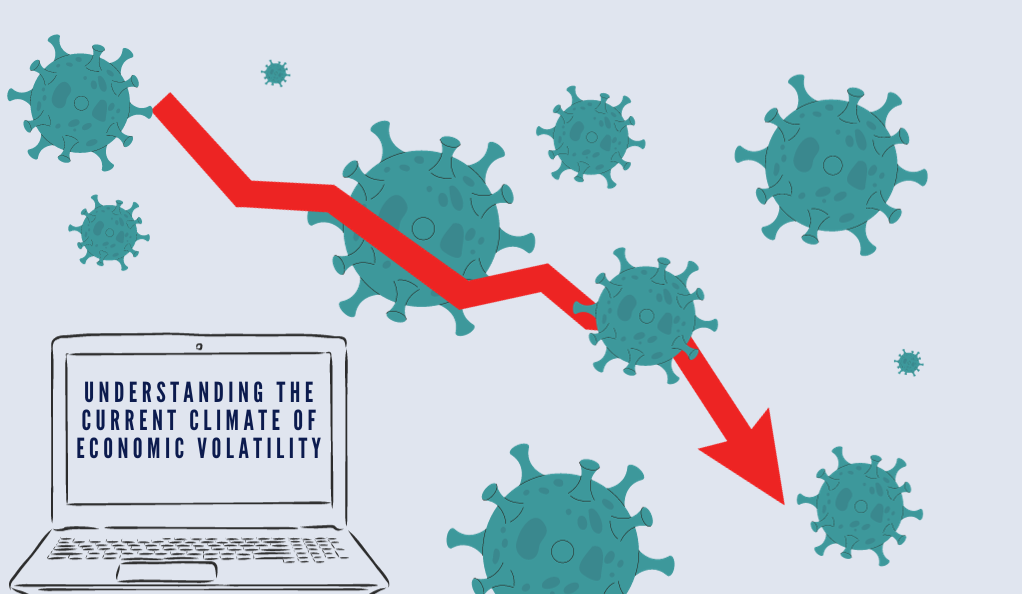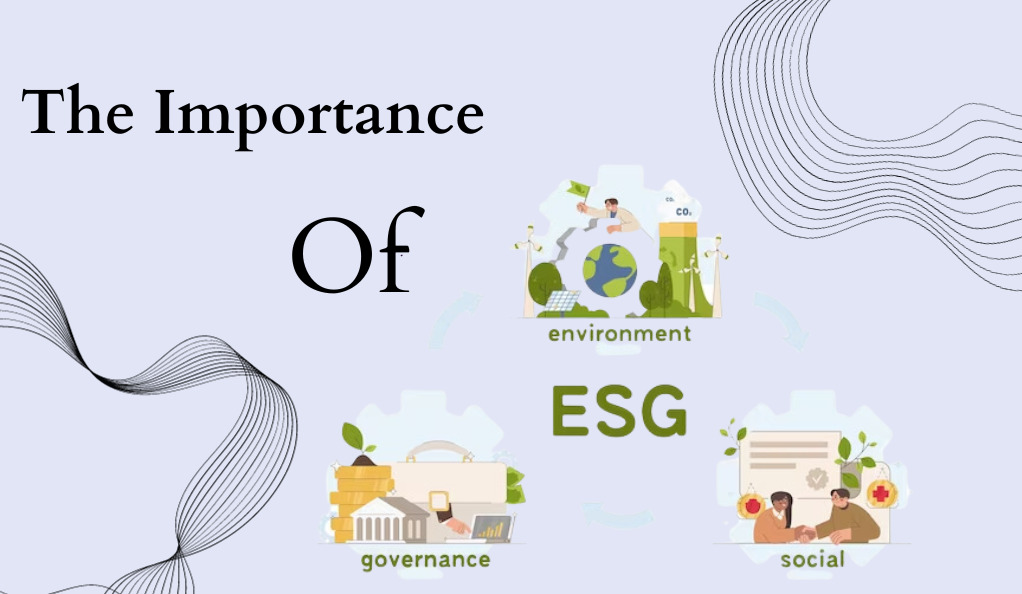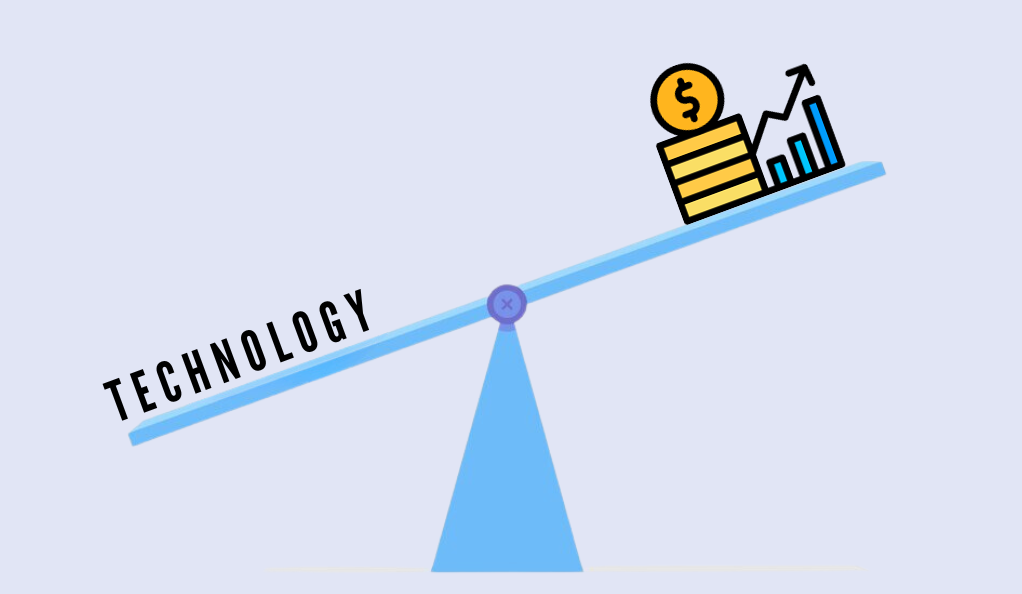Navigating Financial Growth in Unpredictable Times
In an era marked by economic volatility and uncertainty, the traditional playbook for investment and growth strategies requires a thorough reevaluation. The challenge investors and businesses face today isn’t just about navigating through a storm but doing so while setting a course for long-term growth. This section delves into understanding the current economic climate and underscores the importance of adaptability and resilience in investment strategies, essential in an unpredictable market.
Understanding the Current Climate of Economic Volatility

The global economic landscape is continuously reshaped by numerous factors – geopolitical tensions, technological disruptions, fluctuating market trends, and unforeseen global events like pandemics. These elements contribute to an environment where uncertainty isn’t an exception; it’s the new norm. For instance, the market instability observed during the COVID-19 pandemic and subsequent recovery phases underscored how quickly economic conditions could change.
To invest wisely in such times, one needs a keen understanding of these dynamics. It’s not merely about recognizing the risks but also about identifying the undercurrents that could lead to potential opportunities. For example, sectors like technology, healthcare, and renewable energy have shown resilience and growth potential even during economic downturns.
The Importance of Adaptability and Resilience in Investment Strategies
Adaptability and resilience are key in uncertain times. Investment strategies need to be flexible enough to adjust to rapid market changes while being resilient enough to withstand short-term volatility. This means diversifying investment portfolios, not just across sectors but also in terms of asset types and geographical locations. Diversification acts as a buffer against market volatility and helps in spreading the risk.
Assessing Risk and Opportunity in a Fluctuating Market
In the realm of investing during uncertain times, a critical step is to accurately assess both risks and opportunities. This dual focus is essential for a balanced approach that safeguards assets while seeking growth.
Techniques for Evaluating Risk
Risk assessment in a volatile market requires a multi-dimensional approach. Investors must consider not just market risks, but also operational, geopolitical, and sector-specific risks. Tools like scenario analysis and stress testing become invaluable here. Scenario analysis involves developing different potential outcomes based on various economic, political, or environmental changes. Stress testing, on the other hand, evaluates how certain extreme events might impact investments.
Identifying Sectors with Growth Potential
Despite the uncertainty, certain sectors may offer significant growth potential. Typically, these are industries that demonstrate resilience in the face of economic downturns or are poised for growth due to emerging trends. For example, technology and healthcare have historically shown strong performance during market downturns due to their essential nature and constant innovation. Renewable energy and ESG-focused investments are also gaining traction, driven by global trends towards sustainability.
Strategic Investment Decisions for Long-term Growth
With a clear understanding of risks and opportunities, the next step is making strategic investment decisions that prioritize long-term growth.
Decision-making Processes Favoring Long-term Growth
Long-term investment strategies should focus on creating value and not merely on short-term gains. This involves investing in companies with strong fundamentals, such as solid balance sheets, competent management, and clear growth strategies. Additionally, investors should consider the potential for future growth, driven by factors like market position, product innovation, and scalability.
The Role of Technology and Innovation in Sustaining Growth
In today’s digital age, technology plays a crucial role in driving growth. Investments in tech-driven companies or those that leverage technology effectively can offer substantial returns. Beyond direct technology investments, innovation in business models and operational processes also presents opportunities for growth. Companies that are adapting to digital transformations or innovating in their approach to market challenges often have a competitive edge.
Cost Management and Efficiency: Balancing Growth and Prudence
In an environment of uncertainty, managing costs effectively becomes as crucial as seeking growth opportunities. However, the goal is not merely to reduce expenses but to do so in a way that aligns with long-term growth objectives.
Implementing Cost-Cutting Measures without Compromising Growth
Effective cost management involves identifying areas where efficiency can be improved without hindering growth potential. This might include streamlining operations, adopting cost-effective technologies, or renegotiating supplier contracts. The focus should be on creating a leaner, more agile operation that can adapt quickly to changing market conditions.
The Importance of Environmental, Social, and Governance (ESG) Practices

In today’s investment landscape, incorporating ESG factors is not just a moral imperative but also a strategic one. ESG-focused investments are increasingly seen as indicators of long-term sustainability and risk management.
Integrating ESG Considerations into Investment Strategies
Integrating ESG factors involves looking beyond financial metrics to consider a company’s impact on the environment, its social responsibilities, and the quality of its governance. Companies with strong ESG practices are often better positioned to manage risks, attract and retain talent, and maintain their social license to operate. As a result, they can offer more sustainable long-term returns.
Impact of ESG on Investment Returns and Risk Management
There is growing evidence that ESG investments can match or even outperform traditional investments in terms of returns. Moreover, ESG factors can play a critical role in risk management. Companies that fail to address environmental or social issues, for example, may face regulatory fines, reputational damage, or operational disruptions.
Leveraging Technology for Competitive Advantage
In a world driven by rapid technological advances, investing in technology is not just about keeping up; it’s about gaining a competitive edge.

Investing in Technology to Improve Operations and Customer Relations
Technology investments can transform various aspects of a business, from operational efficiency to customer engagement. For example, adopting advanced data analytics can provide deeper insights into market trends and customer preferences, enabling more informed decision-making. Similarly, leveraging digital platforms can enhance customer experience and open up new channels for growth.
Innovation as a Growth Driver in Times of Uncertainty
In the midst of economic uncertainty, the role of innovation transcends mere survival tactics and asserts itself as a vital driver for robust growth and sustainability. Businesses that place a strong emphasis on innovation demonstrate a remarkable capacity to remain resilient and adaptable, effectively navigating through the complex and often turbulent shifts in the market. This innovative mindset enables them to not only respond to immediate challenges with agility but also to foresee and capitalize on emerging trends, setting themselves apart in a competitive landscape. By continuously exploring new ideas, technologies, and methodologies, these businesses are better equipped to handle unpredictable changes in the economic environment, thereby ensuring their longevity and prosperity. Their commitment to innovation becomes a cornerstone of their strategy, fostering a culture that thrives on creativity and adaptability, which is essential for staying relevant and successful in an ever-evolving market.
Developing a New Innovation Portfolio
Creating a new innovation portfolio involves rethinking and diversifying the areas in which a business invests for development and growth. This could mean venturing into new product lines, exploring untapped markets, or investing in cutting-edge research and development. The key is to identify areas where innovation can provide a competitive advantage and align with long-term growth strategies.
Strategies to Foster Innovation Within Your Organization
Fostering innovation requires a conducive environment that encourages creativity and experimentation. This can be achieved by promoting a culture of continuous learning, encouraging cross-functional collaboration, and providing the necessary resources and support for innovation initiatives. Companies that successfully cultivate a culture of innovation often see a direct impact on their growth and resilience.
Conclusion: Building Resilience for Future Growth
Investing in growth during periods of uncertainty indeed presents a nuanced and complex landscape, demanding a multifaceted and strategic approach. This challenge extends beyond merely reacting to immediate market fluctuations; it’s about constructing a robust foundation that can withstand and flourish in the face of unpredictability. This endeavor requires an astute balance of various critical elements, each playing a pivotal role in ensuring the resilience and sustainability of investments. Firstly, there’s the aspect of risk management, which goes beyond traditional risk aversion to a more nuanced understanding of the market’s intricacies. This involves not just identifying and mitigating potential financial losses but also understanding broader geopolitical and economic trends that could impact investments. Effective risk management in such a context is about being proactive rather than reactive, anticipating changes, and preparing strategies accordingly. In addition to financial considerations, there’s an increasing need to focus on Environmental, Social, and Governance (ESG) practices. These factors have become crucial in determining the long-term viability and ethical standing of investments. Integrating ESG considerations not only aligns with global trends towards sustainability but also serves as a risk management tool, safeguarding against future regulatory changes and enhancing corporate reputation. Lastly, the role of technology and innovation must be emphasized. In an era where technological advancements are rapidly transforming industries, staying ahead of the curve is vital. Investing in innovative technologies and practices can provide a significant competitive advantage, driving efficiency, opening new markets, and creating additional revenue streams. In sum, investing in growth amidst uncertainty is a complex endeavor that demands a sophisticated, well-rounded approach. It’s about having the foresight to see beyond immediate challenges, the wisdom to manage risks effectively, the acumen to make strategic long-term decisions, the prudence to manage costs judiciously, and the insight to embrace ESG and technological advancements. By balancing these elements, investors and businesses can not only navigate through turbulent times but also emerge stronger and poised for sustained growth.
Bitcoin-up is dedicated to providing fair and trustworthy information on topics such as cryptocurrency, finance, trading, and stocks. It's important to note that we do not have the capacity to provide financial advice, and we strongly encourage users to engage in their own thorough research.
Read More